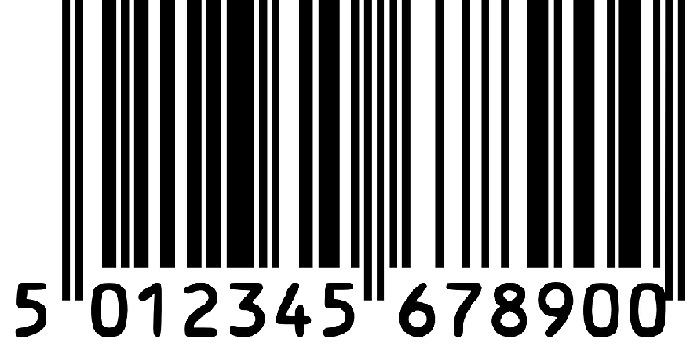
Are you hitting your macros? New technology may make it even easier for you to find out.
Consumer demand for clearer food labeling has led a nonprofit German organization, GS1, to develop a next-generation barcode capable of providing users a clearer picture of the products they’re buying.
These new barcodes, dubbed “data bars,” will allow additional information to be stored in one place. For bodybuilders, dieters and the general public, this means easier access to ingredients, potential allergens and nutritional information. For retailers, it allows items to be easily scanned for expiration dates or quickly located in the event of a recall.
Currently, many manufacturers supplement existing barcodes with quick response (QR) codes. However, these markings are unable to be read by most store scanners, a problem which may also face next-gen barcodes. A larger problem may be the adoption of labeling standards. The Consumer Goods Forum, a network of more than 400 retailers and manufacturers in more than 70 countries, is among the groups working to coordinate product labeling.
Malcolm Bowden, president of global solutions at GS1, believes consumer demand will increase the likelihood of companies sharing data relevant to the project.
“The will is there,” Bowden said. “It has to happen. Like any major change, big companies have to have time to think through the implications.”
According to Stephanie Tilenius of Kleiner Perkins Caufield & Byers, 30 percent of U.S. consumers will be using a health tracking device by 2017. For these consumers, new labeling may allow the process to be more user friendly.
The traditional barcode, first used on a pack of Wrigley’s Juicy Fruit in 1974, will still have its place in supermarkets as retailers and other parts of the supply chain upgrade equipment to handle the new labels. However, Bowden predicts they may one day be completely replaced.
“I am convinced we will have a day where pretty much all information about all products will be available to all consumers,” Bowden said.
Header image via Pixabay








